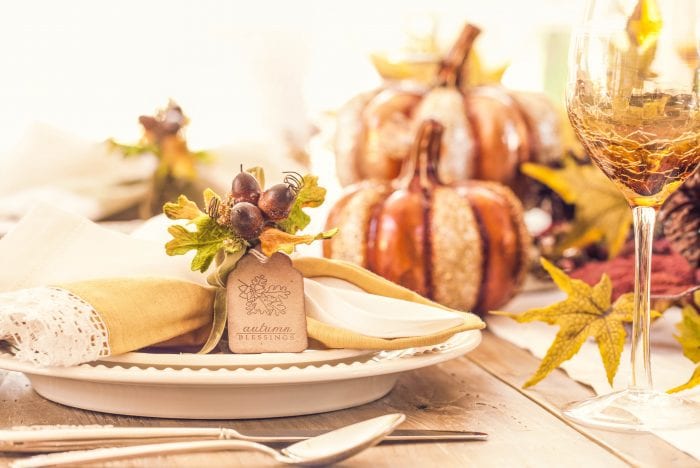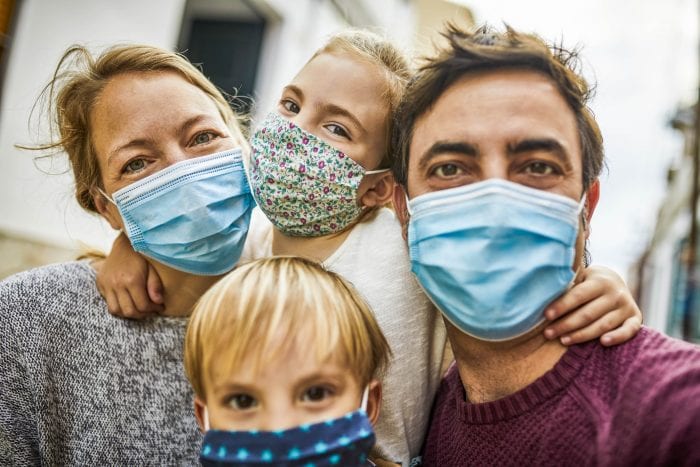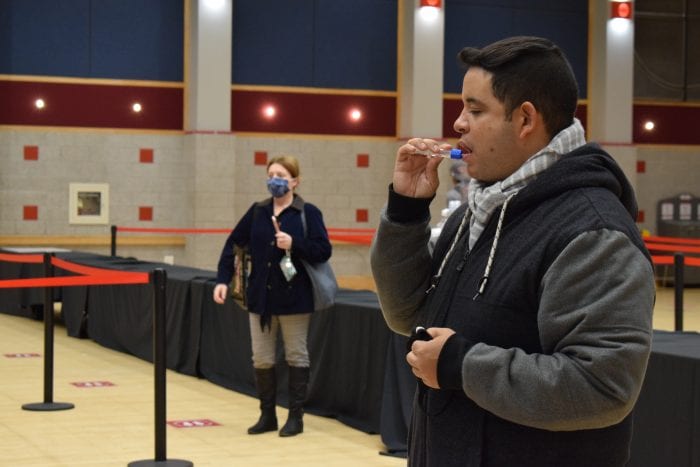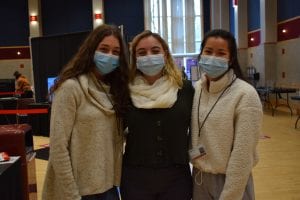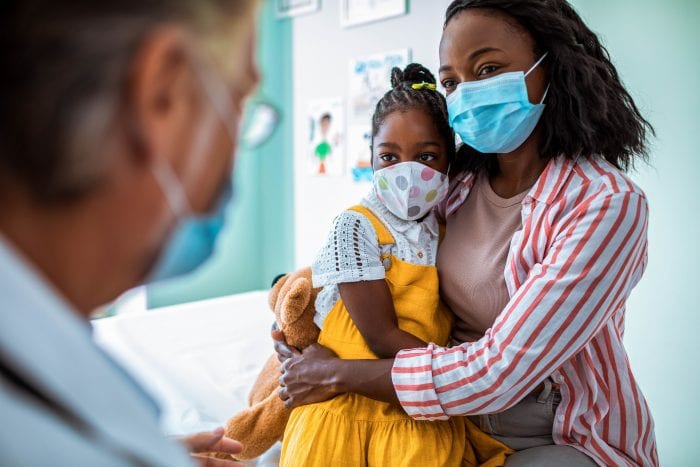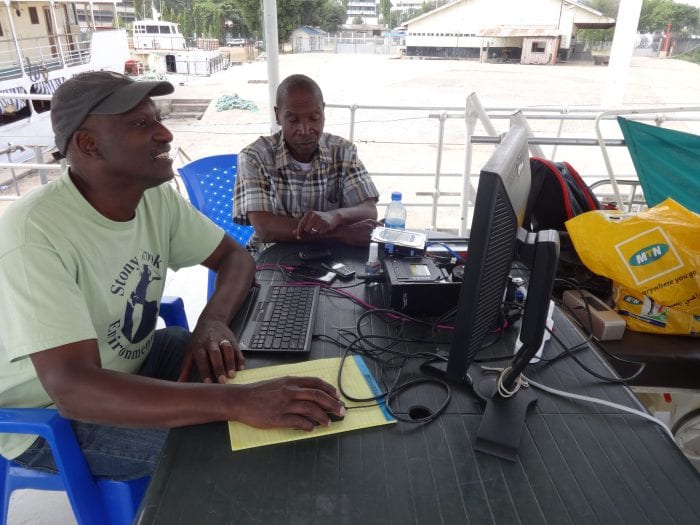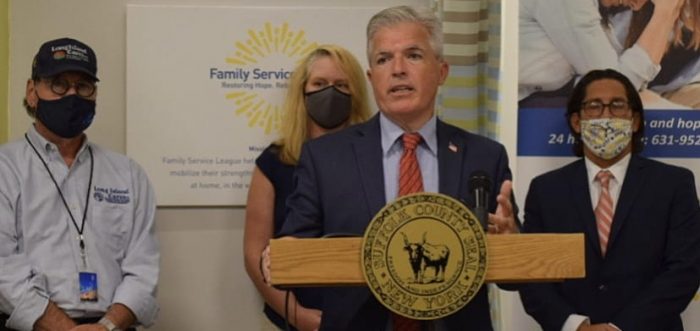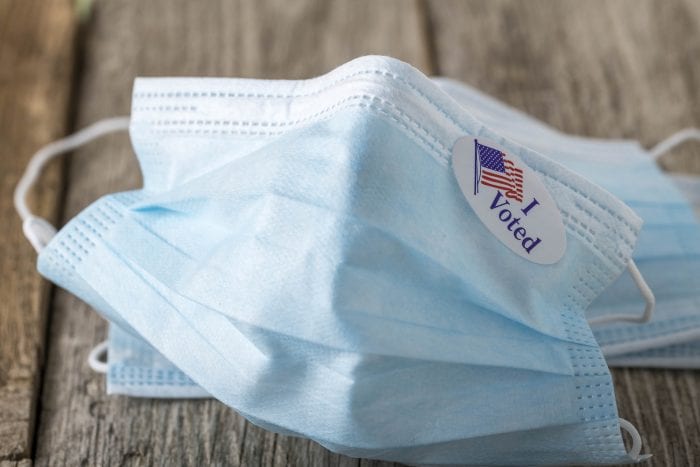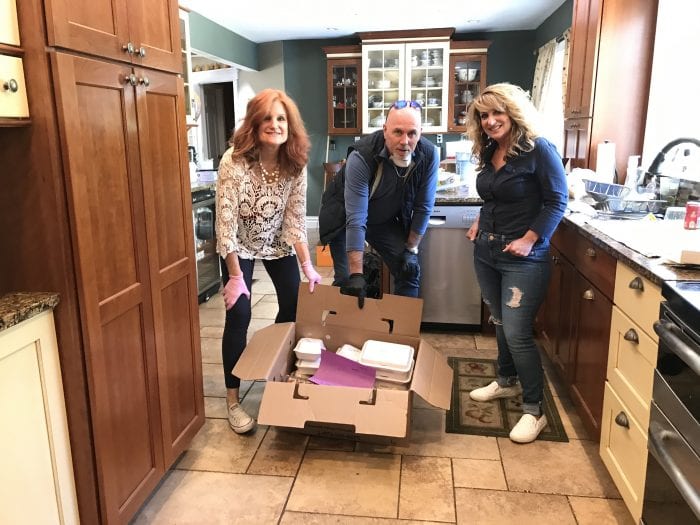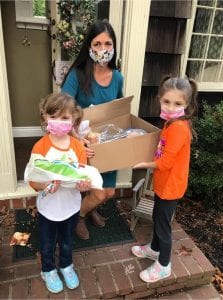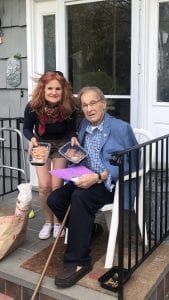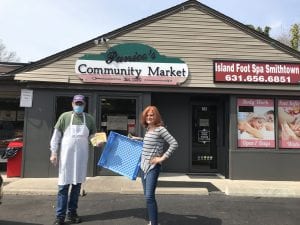There’s no good way to put this. We know in a year of hardship so many of us crave the companionship and familial connection of a traditional Thanksgiving, but because of the COVID-19 pandemic, it’s something we simply can’t have this year.
Yes, we fought through the worst of the virus in New York, but cases are rising again all over the country. Suffolk stands as a positive test rate of 3.4% as at Nov. 17. Just a few weeks ago we were bragging about how well we were doing at 1%.
Experts have repeatedly said we will enter a second wave of the virus as the weather cools and more people spend time indoors, where the virus can spread more easily.
Gov. Andrew Cuomo (D) announced new limits on several businesses and gatherings. Bars, restaurants and gyms are mandated to close by 10 p.m. for everything barring takeouts. The state also limited in-person gatherings to 10 people, though it excludes households with residents already numbering 10 or more.
Some have questioned the point of the latter restriction, especially whether the state even has the ability to restrict the number of people in a family home. Though there are residents who have reported large gatherings in backyards, the order should be taken more as a notice and reminder. It’s easy to guess just how quickly COVID-19 spreads when there are 20 or more people sitting shoulder to shoulder shoveling Thanksgiving delights into maskless mouths.
We only have to look at recent superspreader events to know just how dangerous maskless gatherings can be. A Sweet 16 event at the Miller Place Inn in September caused 37 people to come down with the virus, some of whom weren’t even at the event, while a reported 270 were required to quarantine.
Local officials have already cited Halloween parties for an increase in positive cases. One can only think holidays like Thanksgiving, Hanukkah, Christmas and New Year will do even more harm if we don’t take the initiative now.
With that said, there are still many local businesses who depend on Thanksgiving sales, whether it’s the local butcher or bakery. We ask people to still patronize your neighboring establishments even if you might not need as much this year as previous. I mean, don’t we all look forward to Thanksgiving leftover sandwiches?
But likely more people are concerned about not seeing their family sitting around the table as they do every year. There’s no way around it, no, you shouldn’t. Keeping it to household members only will be hard, but there are ways to talk to friends and family through video and phone. We know some people in our office will offer toasts over Zoom and other facilities. And we know that we will be toasting the many people who work and continue to work, making sure people are safe during an unprecedented time. We also need to thank the many volunteers providing food for the needy during an especially difficult time, and hope all those hungry people find some meal and companionship this holiday.
So, combined with people still traveling home for Thanksgiving, with more visitors likely to come from out of state, we are left with few good options. Some people say something to the effect that “we can’t let the virus control our lives.”
We would counter that thought with the following: If every single one of us having a smaller Thanksgiving for one year saves even just one life, then it would have been worth it.
Is Thanksgiving canceled? Maybe a traditional one is, but the spirit of the holiday certainly won’t be, not if our goal is to keep those around us safe and healthy.

